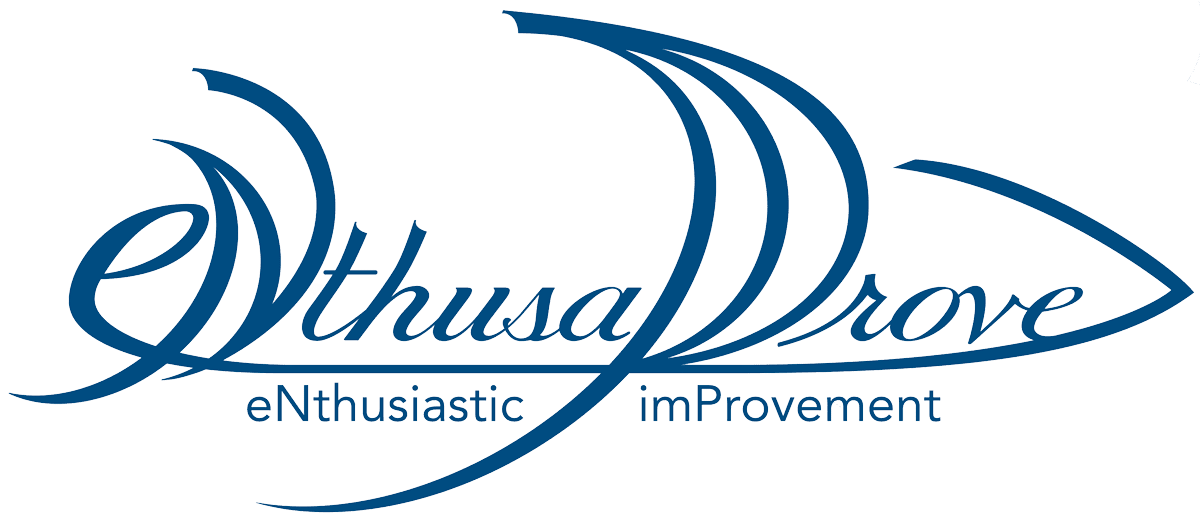This past week I had the pleasure of attending a session on “Data Visualization” at the ASQ Service Quality Conference in Chicago. It was of particular interest to me because I have taught classes and tried to help clients on this topic. The session was given by Robb Richardson and he did a wonderful job in what was a very short time to help the group see some excellent principles to follow in staying true to the statistical voice of the data. He demonstrated some simple techniques to maximize what Ed Tufte calls “data ink.” Robb had a simple formula that data visualization is 3S+A; statistics, science, storytelling plus aesthetics.
Storytelling. I think we all intuitively understand that to visualize data, we need to address stats, science and make it look cool. But storytelling? That’s the element that too many times I see folks skip over in their race to ‘see what the data says’.
What we forget is that we come to the data with a story, a hypothesis, already in our head. If we are true investigators, we’d try to disprove, yes disprove, that story. We learned this in grade school; it’s called the scientific method.
When we start with the story, we can lay out qualitatively what we think. Put simply, we have some sort of story in our head, e.g. that more people buy widgets the happier they are. (ok, that’s absurd, but just go with me on this) With that story, we can lay out that story framework: Widgets goes along the horizontal – it’s our independent “X” that we think causes happiness, our dependent “Y” on the vertical. We should then take a pencil and sketch what the story is in our head, in this case, it might be a diagonal line heading northeast, as all good graphs seem to go. More widgets, more happy. It might be a curve that flattens; the first few widgets, lots of happy but with more widgets not much more happy. Notice how by sketching, we need to visualize our story quantitatively.
Only then, when we sketched our story, should we see where the data falls and see…does it disprove our story? That is the key question.
What I often find are analysts NOT doing this first explicit step to see what story they currently believe. Even more often, I rarely see them set out to see if the data can disprove their story. Too many think the data will just tell them the story. This is dangerous. As Senge predicts with Mental Models and Kahnemann predicts in Thinking Fast and Slow, this sort of approach will lead us to interpret the numbers to keep on affirming what we already believe, our story, and thus prevent any real learning.
In our data saturated world and our ability to rapidly spew out graphs with eXcel and such, we seem to have lost touch with the Storytelling, with the Scientific Method.
Make Storytelling your first step in Data Visualization. It is the best way we will learn to see the world in a new light.





